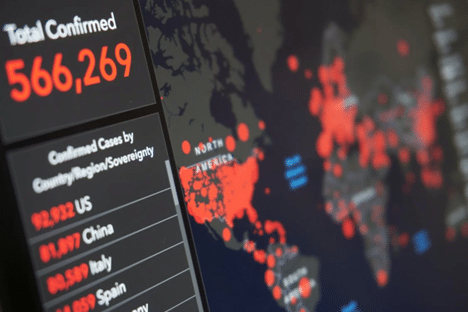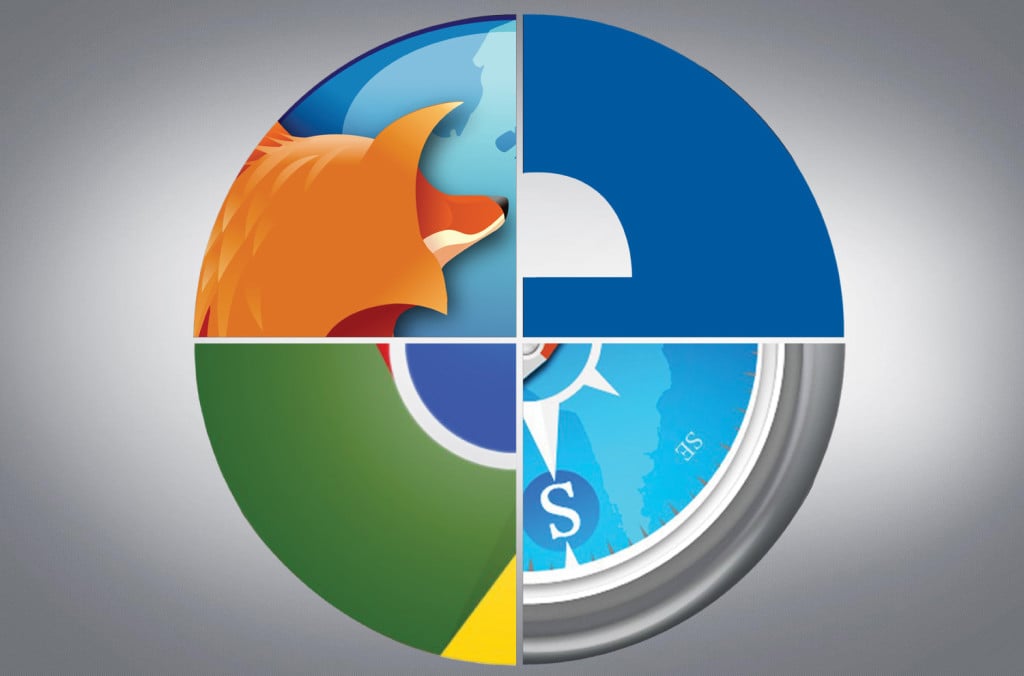Healthcare software has revolutionized how hospitals and clinics operate, making it possible for medical professionals to provide better patient care while streamlining their work processes. The range of healthcare software available today is vast, ranging from electronic medical record systems that allow for the quick and easy sharing of patient information and Mobile Integrated Healthcare solutions that simplify communication between the community and emergency medical services to telemedicine platforms that enable remote consultations.
This blog post will look at five must-have healthcare software solutions that every hospital and clinic should implement.
1. Practice Management Software
Practice management software, also known as practice management systems (PMS), typically includes features such as appointment scheduling, billing, and insurance claim management.
One of the major benefits of practice management software is the ability to streamline scheduling and appointment management. It can help reduce wait times for patients and improve overall patient satisfaction. Practice management systems can automate billing and insurance claim processes, reducing the administrative burden on staff and improving revenue collection.
It can also help with patient engagement by allowing patients to schedule appointments online, view their medical history, and receive appointment reminders via email or text message. It can improve patient satisfaction and increase patient retention.
2. Pathology Lab Software
Pathology lab software is a comprehensive solution for pathology labs. It offers a suite of solutions for managing patient data and medical records, processing laboratory orders, tracking results, generating reports, and sharing them with referring doctors and patients.
It helps pathologists manage the day-to-day tasks in their laboratories. Pathology lab reporting software streamlines the preparation of laboratory orders, tracks the status of specimens, and reports results quickly and efficiently.
Pathology lab software helps pathologists manage the workflow in their laboratories. It also allows them to communicate with referring physicians and receive feedback on their performance from clinical directors or other administrators within the hospital.
3. Telemedicine Platforms
Telemedicine platforms are healthcare software solutions that enable remote consultations between patients and healthcare providers. These platforms use videoconferencing, phone calls, or messaging to connect patients with healthcare providers, regardless of their physical location.
The major benefit of telemedicine platforms is the ability to provide healthcare services to patients who live in remote or underserved areas or have mobility issues that make it difficult for them to visit a healthcare provider in person. Telemedicine also allows for more flexible scheduling, as patients can schedule appointments that are convenient for them.
Telemedicine platforms can also improve patient outcomes by enabling healthcare providers to monitor patients remotely. It can benefit patients with chronic conditions such as diabetes or heart disease, allowing healthcare providers to track their condition and adjust treatment plans as needed.
In addition, telemedicine can also improve efficiency by reducing the need for patients to travel to a healthcare facility, which can save both time and money. By reducing the number of in-person visits, telemedicine can also help to reduce the spread of infectious diseases.
Overall, telemedicine platforms are a valuable addition to any healthcare organization’s toolset, providing patients with greater access to healthcare services and enabling healthcare providers to monitor and treat their patients better.
4. Patient Engagement and Education Tools
Patient engagement and education tools are healthcare software solutions that aim to empower patients to take a more active role in their healthcare. These tools can include patient portals, mobile apps, and educational resources.
They are web-based platforms that allow patients to access their medical records, schedule appointments, and communicate with their healthcare providers. Patient portals can help patients better understand their health conditions and treatment options by providing access to their medical information.
Mobile apps are another type of patient engagement tool that can deliver patients’ health information, medication reminders, and other resources. Some apps also allow patients to track their symptoms and vital signs, benefiting patients with chronic conditions.
Educational resources such as videos, brochures, and infographics can educate patients about their health conditions, treatments, and other healthcare-related topics. These resources can benefit patients who may have difficulty understanding complex medical information.
Overall, patient engagement and education tools are essential to modern healthcare. By providing patients with the information and resources they need to manage their health, these tools can help improve patient outcomes, increase patient satisfaction and reduce the burden on healthcare providers.
5. Inventory and Supply Chain Management Systems
Inventory and supply chain management systems are healthcare software solutions that help hospitals and clinics manage the flow of goods and materials. These systems can include inventory tracking, ordering, and receiving.
One of the major benefits of inventory and supply chain management systems is the ability to track inventory levels in real-time, which can help hospitals and clinics to avoid stockouts and overstocking. These systems can also automate the ordering process, reducing costs and improving efficiency.
Another key benefit of these systems is the ability to track the flow of goods from suppliers to patients. It can help healthcare organizations identify bottlenecks and other issues in their supply chain and adjust as needed.
In addition, these systems can also provide reporting and analytics capabilities, which can help hospitals and clinics to monitor their performance, identify areas for improvement, and make data-driven decisions.
Put simply, inventory and supply chain management systems are essential tools for any healthcare organization looking to improve the efficiency and effectiveness of its logistics operations. These systems can help to ensure that hospitals and clinics have the right products, in the right place, at the right time while also providing visibility into the supply chain and helping to reduce costs.
Conclusion
As the healthcare industry grows, hospitals and clinics must ensure that their IT needs keep up. With the emergence of electronic medical records, the impact of medical software will only increase, providing institutions with the technology required to support their success.
While there are many platforms from which hospitals can choose, this list will help guide them as they make their decision. These promising solutions aim to improve care, enhance patient safety and facilitate better workflows. The growth of these programs also helps show that healthcare organizations remain forward-thinking and ready to adapt as needed.














Leave a Reply